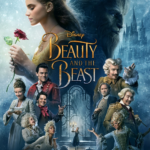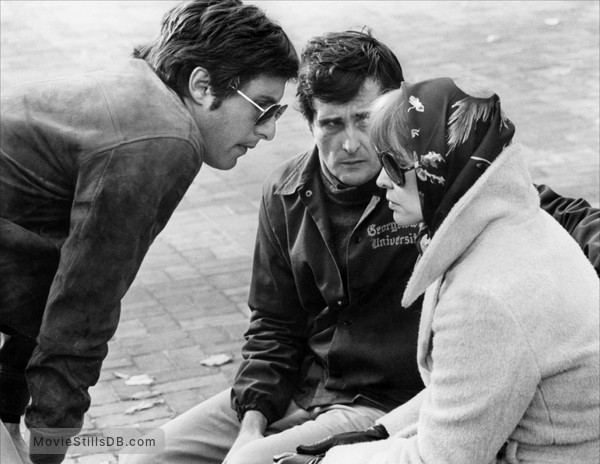Gus G is the guitarist for Greek power metal band Firewind. Gus has also played with Kamelot, Arch Enemy and Ozzy Osbourne. Gus’s latest release is an instrumental solo album titled “Quantum Leap”. Media Mikes had the chance recently to speak with Gus about the creation of the album and his progression as a guitarist.
Adam Lawton: Can you give us some background on the creation of “Quantum Leap”?
Gus G: This is my first fully instrumental record. I had the idea to do an album like this in the back of my mind for awhile however just never decided to do it until now. With all the lock downs I knew I was going to be stuck home for a while. I was doing press for the latest Firewind record and we were gearing up to start touring and then everything got cancelled. In between all of those interviews I started writing down different thoughts and ideas. Before I knew it, I had seven or eight new ideas. This was around springtime and I knew it was still going to be awhile until we could do any live shows. I figured now was the time do a solo record on my own. My plan was to not have any outside collaboration. I spent all of last summer working on this record.
AL: Did the effects of the pandemic help mold this material in any way?
GG: It could be! I think it had a lot to do with it. To me when you are making albums it’s like a snapshot in time of where you are at. The material reflects my psychology and where I was at during this time. Like everyone dealing with this I had a lot of ups and downs where some days I had a lot of energy while others I had none. This is not your typical metal album as there are a lot of different styles and vibes.
AL: Do you have a different approach for working on an instrumental record compared to one with vocals?
GG: It is a different process. Making music without vocals in general is a whole different process in because you must fill that gap. I wasn’t really used to that. It was an interesting learning experience. I had made instrumental music in the past, but I never really dug deep into that. With this I wanted to find a balance. I wasn’t interested in making a shred album as I wanted to make an album that had cool songs with good music. I wanted there to be a musical statement instead of just a collection of guitar licks and riffs.
AL: Did you build the songs around vocal melodies, or did you add those passages later?
GG: It usually starts with riffs. This part of the process was the same for me as when I am writing for Firewind as it all starts with the riffs. The big difference was where to go after the initial riff starts. You could go any where be it a melody or certain key change. Those are the things I had to find out and build from scratch. At the end of the day, it was about balance as well as the hooks and melodies. At the time I didn’t really have vocal ideas but now looking back maybe I did have ideas about big vocal melody parts that would grab the listener.
AL: What was your process like for producing and editing being it was just you working on the record?
GG: That’s one of those things where how do you really know when something is done. A track is done when you have listened to it enough times through that you are happy with it and you send it on for mixing. There were a few tracks that went through many re-writes and edits. You just get a feeling when you are writing something that it is done. This can be a double-edged sword though because you can always think it could be better. I try and keep a little bit of a distance with the music I make. When I think something is finished, I will not listen to it for a few days and then come back to it with fresh ears. That’s when if I need to, I will make changes. It’s really all a feeling.
AL: Was this all newly written material or did you have some of the material prior to deciding to make the record?
GG: It’s both. I always have riffs laying around. I keep a file of different ideas. Some stuff I didn’t use for other projects and other ones are ones that I came up with at that moment with no specific place for them in mind. I never know what these will end up being used for, but I do go back and listen through them for ideas. Sometimes its weeks or months later that I go back but that folder tends to be a great starting point. I might use things as they are or completely start from scratch.
AL: How do you decide what material to keep for yourself and what to use for other projects?
GG: Sometimes it is hard to do that. It is all my writing and my style. There are times I set out to write something specifically for Firewind or for my solo stuff and during the process that material goes the opposite direction and ends up on something it was originally intended for. Firewind has a certain sound and style so I am less likely to experiment with that material but like I said things have a way of working their way into places they were not originally intended for.
AL: You worked by yourself and provided all the instrumentation for this record. Is that how you prefer to work, or do you prefer the more traditional route of recording with other musicians?
GG: I have always done things on my own for the most part. Firewind actually started out as a file exchanging band in the early 2000’s. I have become very used to putting together a complete and good sounding demo that it was a pretty natural process for me when it came time to record the parts for “Quantum Leap”.
AL: Looking at your guitar playing do you feel it has progressed more naturally or have you taken conscious steps to ensure it has progressed in a specific direction?
GG: I think I am sort of somewhere in the middle. The last few years I don’t think I have practiced as much as I would have liked to. When I do go into practice mode, I really get into it. I try and learn or develop new techniques and licks. Then there are times where I don’t pick the guitar up as much. I don’t allow myself to get sloppy, so I am on top of things, but I am not putting in ten-hour practice days like I did as a teenager.
AL: Now that “Quantum Leap” is out have you started thinking about your next project yet or are you giving yourself a little breathing room?
GG: I did a side project with Rob Chapman from Chapman Guitars and Youtube. It’s called “Criterium” and we did a three song EP. We are not sure when its going to be coming out, but we have been recording and Rob is getting ready to do the vocals for it very soon. I have known Rob since 2006 or 2007 so it has been great working with him on music after being friends for so long.
For more info on Gus G visit www.gusgofficial.com or on Instagram and Twitter @gusgofficial



